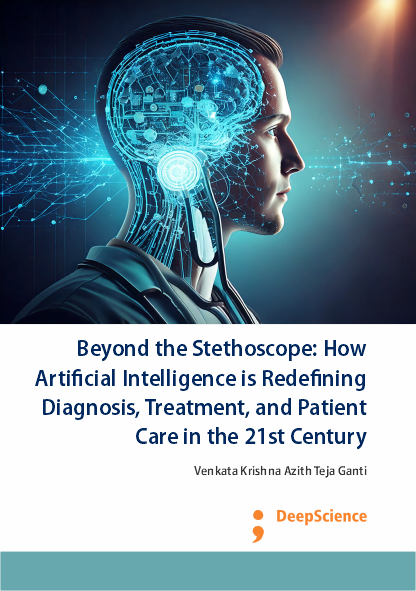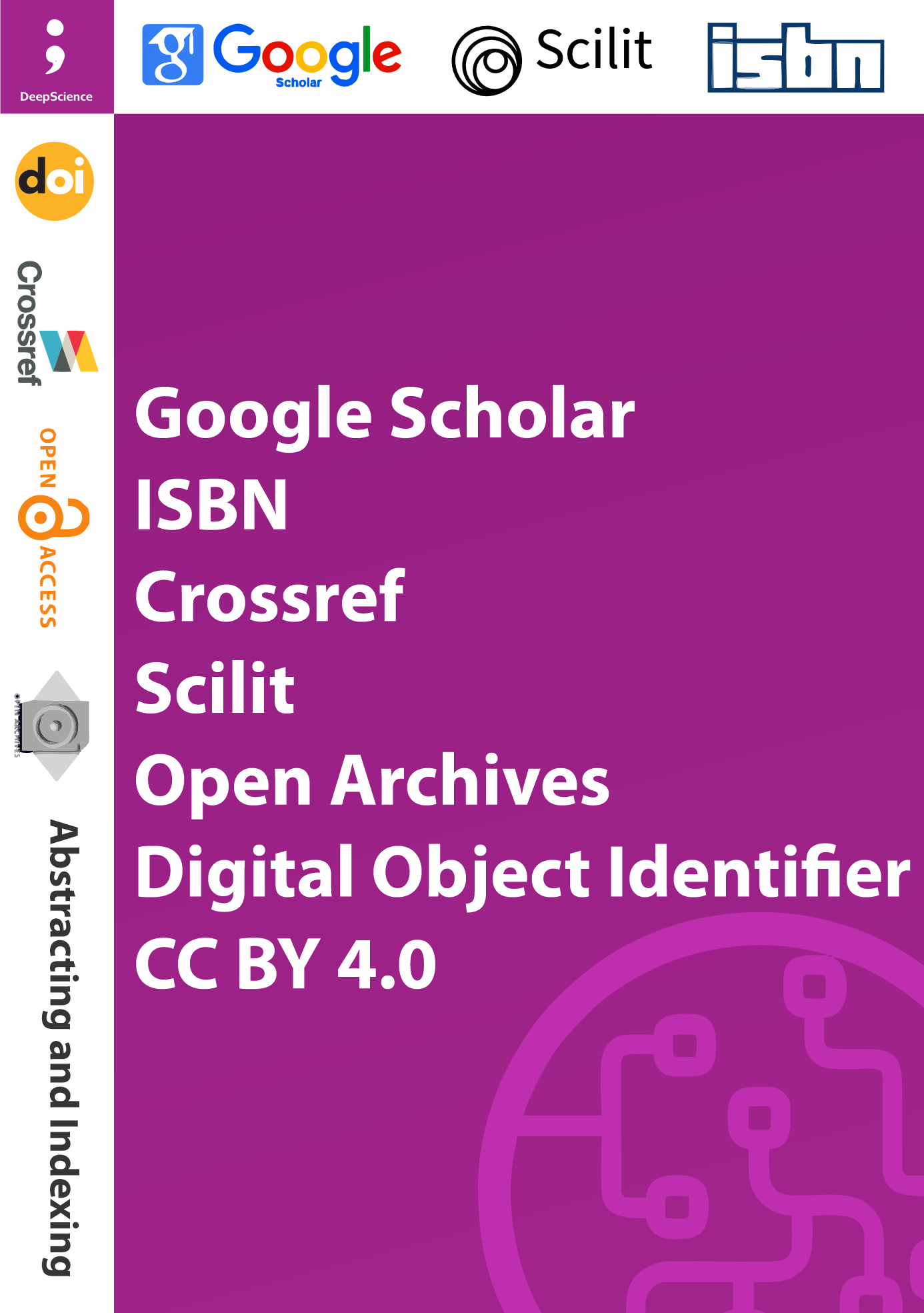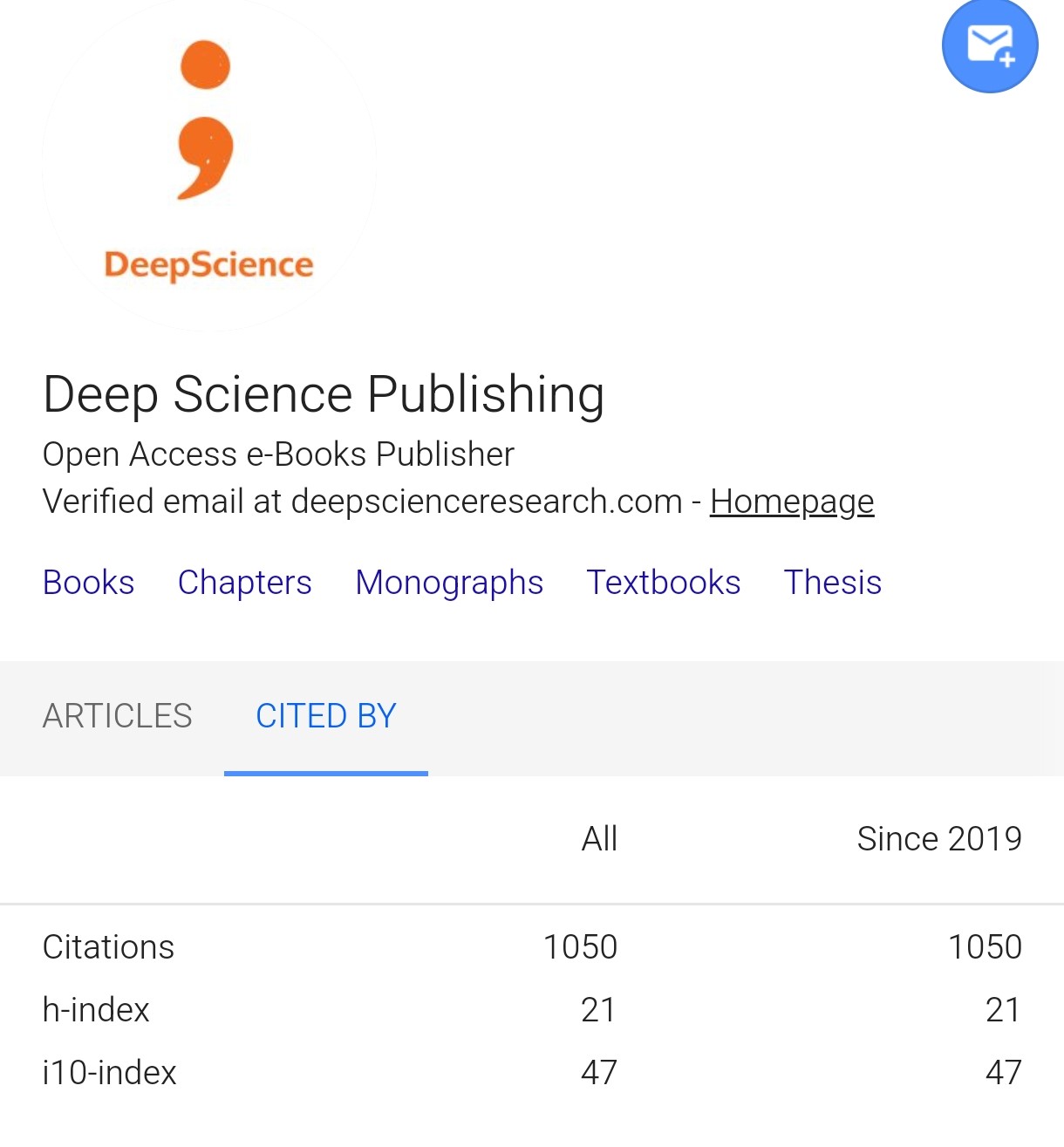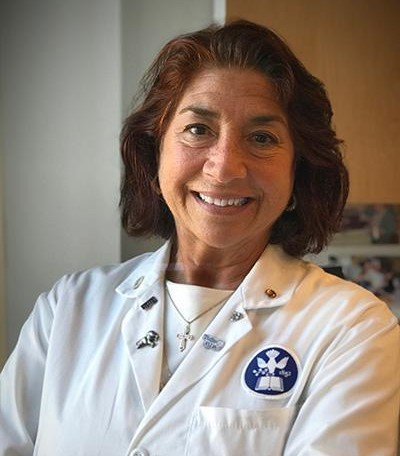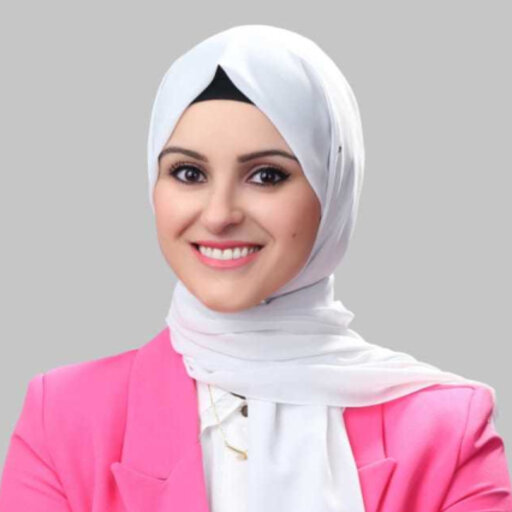Artificial intelligence -driven surgery: Revolutionizing precision and reducing risk in the operating room
Synopsis
Artificial intelligence (AI) evolves and penetrates deeper into the sphere of the most technologically advanced surgical medical instruments. Practice and even technological imperatives stimulate the development of artificial intelligence in this direction. Precision surgical navigation systems through augmented reality and robots integrate AI to get a live online surgical scene prediction. Backbone neural networks for training are based on a real-time calculated volumetric surgical scene from pre-, ongoing, and post-surgical procedure state image data fuse which consider physiological observations. Learned multi-modal representation net drastically extracts image to image inconsistency reducing features from merged observations for prediction network.
Types of learning of prediction models include supervised, unsupervised conditioned on image data, and also unsupervised on fused data. Robots in the surgical room are visually guided through the learned volumetric surgical scene with the help of an external observational surgical camera. The prediction network outputs a colorful mask overlay of the probability scores on the camera image for surgical frame prediction including out of scene lesion, high-level hospital instruments, organs, and their anatomic divisions. High-quality instrument masks for given scene input are produced employing the novel LSTM-Hough interpretation method. The method generates much fewer false positives than a simple Hough voting, and simultaneously incorporates an LSTM post-processor for trajectories smoothing. Training and service of the model are done in real-time, with a further reduction of 30 times of the latter for a fully implemented system allowing to output robot control commands. In surgical robotics, prediction models are crucial for guiding robots in real-time through visually rich and complex environments, such as operating rooms. These models typically rely on a combination of supervised and unsupervised learning techniques, often conditioned on image data or fused data sources, to interpret the surgical scene. An external observational surgical camera captures high-resolution volumetric images, and the prediction network generates a colorful mask overlay representing probability scores for different elements in the scene, including lesions outside the visible area, hospital instruments, organs, and their anatomic divisions. The use of the novel LSTM-Hough interpretation method significantly improves the accuracy of instrument mask generation by reducing false positives compared to traditional Hough voting methods.
Additionally, the incorporation of an LSTM post-processor helps smooth trajectory predictions, ensuring more precise and stable robot guidance. The model is trained and serviced in real-time, with performance optimizations that allow the system to run up to 30 times faster in fully implemented settings, ultimately enabling the output of robot control commands for seamless surgical operation.

